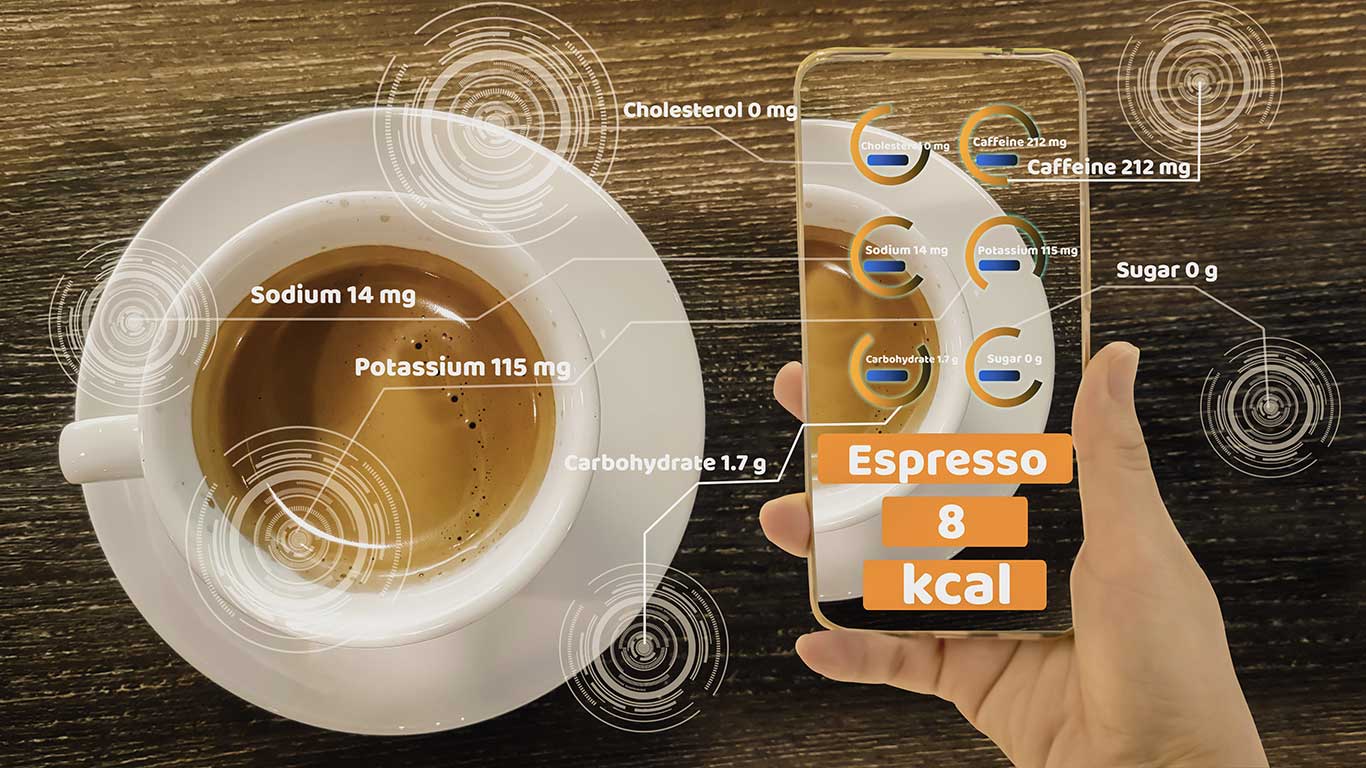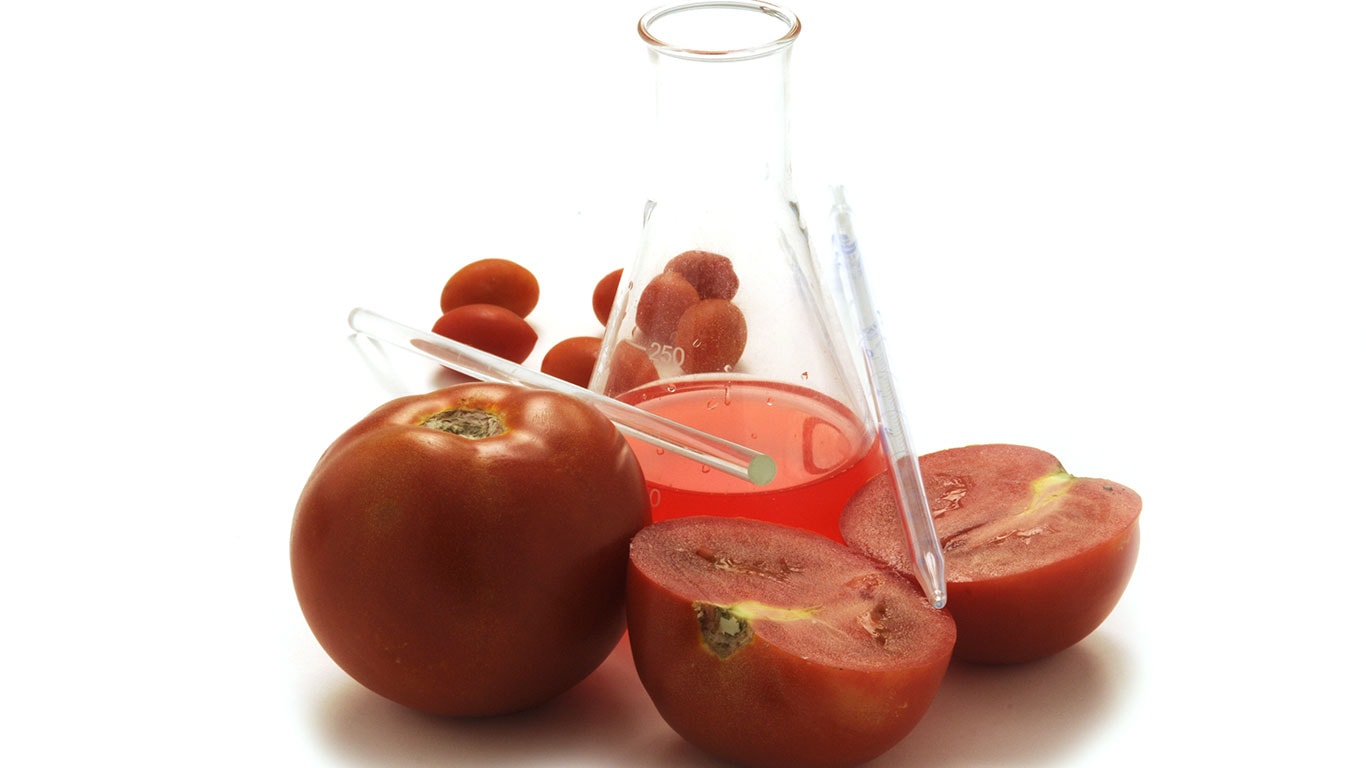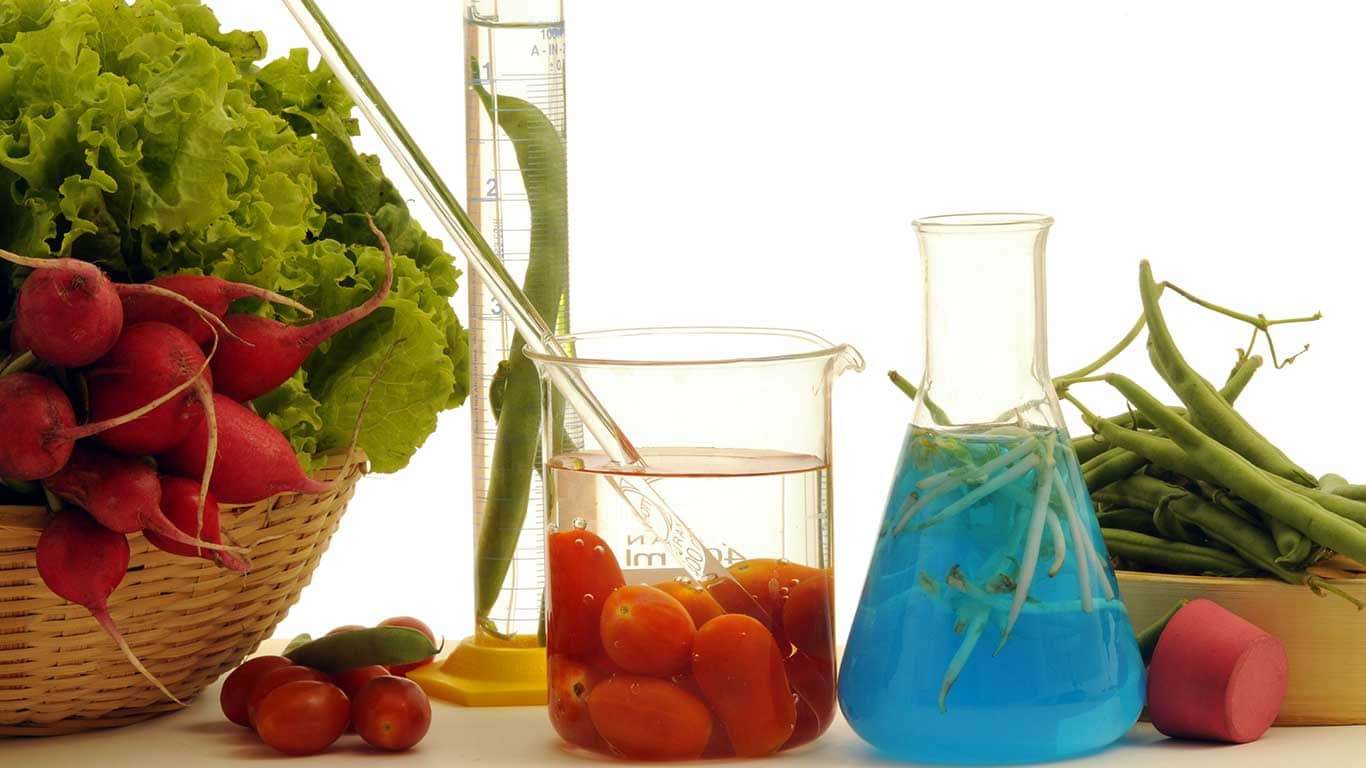The most brilliant chefs can suggest flavor pairings that are all at once unexpected and yet effortless. Now, AI technology can do the same. New startups are emerging to help FMCG companies and large restaurant chains meet consumer demands.
It’s a familiar problem: how can you launch new food products and guarantee that consumers will love them, buy them, and tell their friends about them? Market research can only take you so far. First, food companies need to innovate the right new products to test.
Free E-Book
The Power of Digital Transformation: decrease the cost of production while developing a culture of innovation
AI as a virtual testing tool
The question becomes: why send a recipe further into production when (based on real human input and millions of data points) your AI is suggesting a better flavor pairing instead?
Product teams must keep pace with consumer demands. And AI is here to help.
Moving beyond human-only product innovation
We’re not at the point where AI technology is writing complete recipes and product specifications that are guaranteed to have mass appeal.
Rather, product innovators are simply not alone in their efforts anymore. Coming up with new products is no longer a purely human activity that resides in the power of the human creative brain.
Humans are now working with AI products from IBM and Spoonshot and Gastrograph.
So, while AI platforms aren’t spitting out fully blown recipes, they are offering the following:
- Culinary trends
- Additional ingredients to try
- Flavor pairings
You probably want to know how this works. So did I. That’s why I did some digging…
Understanding how this technology advancement follows real consumer preferences
How does AI predict consumer preferences? How does it generate advice that is helpful instead of random?
The best AI food platforms on the market do this by capturing and storing data on real human flavor preferences. These platforms build up their own databases and also pay to access data from other vendors.
This data can be in the form of:
- Food products being launched around the world
- Every known ingredient and flavor
- Top performing products, recipes, and ingredients
- Consumer food purchasing behavior
- Qualitative and quantitative market research
- Food companies’ own customer feedback on their proprietary recipes (which product innovators track and integrate with the AI platform)
The best food AI platforms come loaded with millions of food and food preference related data points, and food companies can also bring their own data to the table.
3 main ways that AI helps companies cater to consumer preferences
When you understand where the data is coming from, it’s easy to see how harnessing this data with AI can lead to some big results. Food companies note that their AI is coming up with flavor pairings that human product innovators wouldn’t have thought of. More importantly, these AI suggestions are performing better in market research and in the actual market.
McCormick is one such brand that’s relying increasingly on AI to keep their product offerings fresh. They’ve included many AI-driven seasonings in their subscription box and even launched their XO sauce off the suggestion of their AI.
These are the 3 main ways that AI helps food brands today:
Digital flavor mapping and pairing
Truthfully, the idea of not having a digital database of flavors, ingredients, and how they combine seems a little crazy when you think about it. Of course food companies should possess this.
At some point not too far in the future, food innovators will have a hard time imagining how they could create a new product recipe without such a database.
With digital flavor maps and pairing suggestions, innovators can make their recipes more interesting and include the trends that will make new ideas stand out on crowded shelves.
Foodpairing is one such technology company that offers instant access to AI-powered flavor pairing suggestions to its growing customer base, which includes restaurant chefs in addition to FMCG.
Forecasting flavor trends
AI can also help companies see how their products stack up against local and global food trends, and explore what shortcomings exist in their product lines.
What will be the popular trend in the US for summer 2021? Will it be Japanese-inspired or Chilean-inspired? Will summer barbeque hosts be craving sweet and spicy sauces, or will tangy citrus flavors reign supreme?
AI can predict these trends and consumer response to products better than humans can, because their calculations are based on massive data sets, not anecdotes or objective opinions.
There are a lot of data sources that go into predicting trends:
- Historical data on previous trends (to see what trends have expired and which might be likely to circle back around, with a spin of course)
- Flavor trends in metropolitan areas, hip cities, and fine restaurants
- Consumer purchase behavior of food products and raw ingredients (to see, for example, what herbs or veggies are being snapped up in produce departments by home chefs)
- Trends covered by food shows, food bloggers, and food magazines
All of these sources and more can help food companies make smarter decisions around which trends to satisfy and which to avoid.
Developing new, unexpected products
At the end of the day, this all comes down to being able to develop new products that feel fresh and unexpected to picky consumers.
It’s not enough to surprise consumers. You need to surprise them with flavors they will enjoy. That’s the biggest value that AI technology can bring: not just innovation for its own sake, but innovation for the sake of consumer preferences.
Other benefits from using AI for food innovation
Besides jumping on the right trends and creating new products with market demand, food companies that use AI reap other benefits as well.
- Virtualize not only development of food recipes but testing as well, since AI-developed customer personas can “taste test” digital recipes
- Save time for human product innovators to add even more value to AI-developed recipes
- Access additional data sources from vendors
- Save money by not launching products destined to fail
- Improve their brand perception as one is that ahead of trends
Having humans create recipes and develop prototypes for other humans to test simply isn’t the only way to innovate food recipes any more.
We’re already seeing top food brands and restaurants use AI to innovate products. This trend is one that will only grow.




